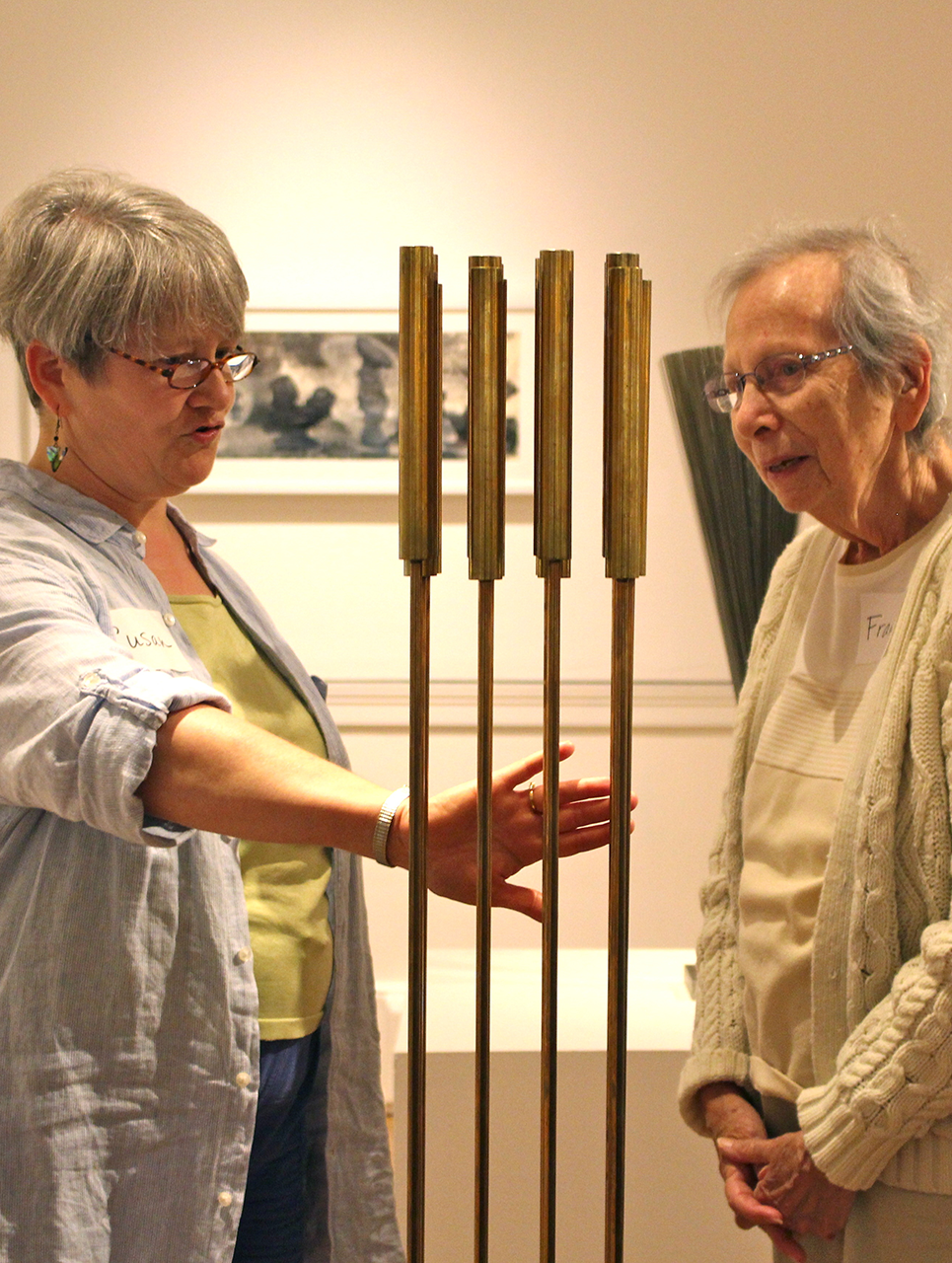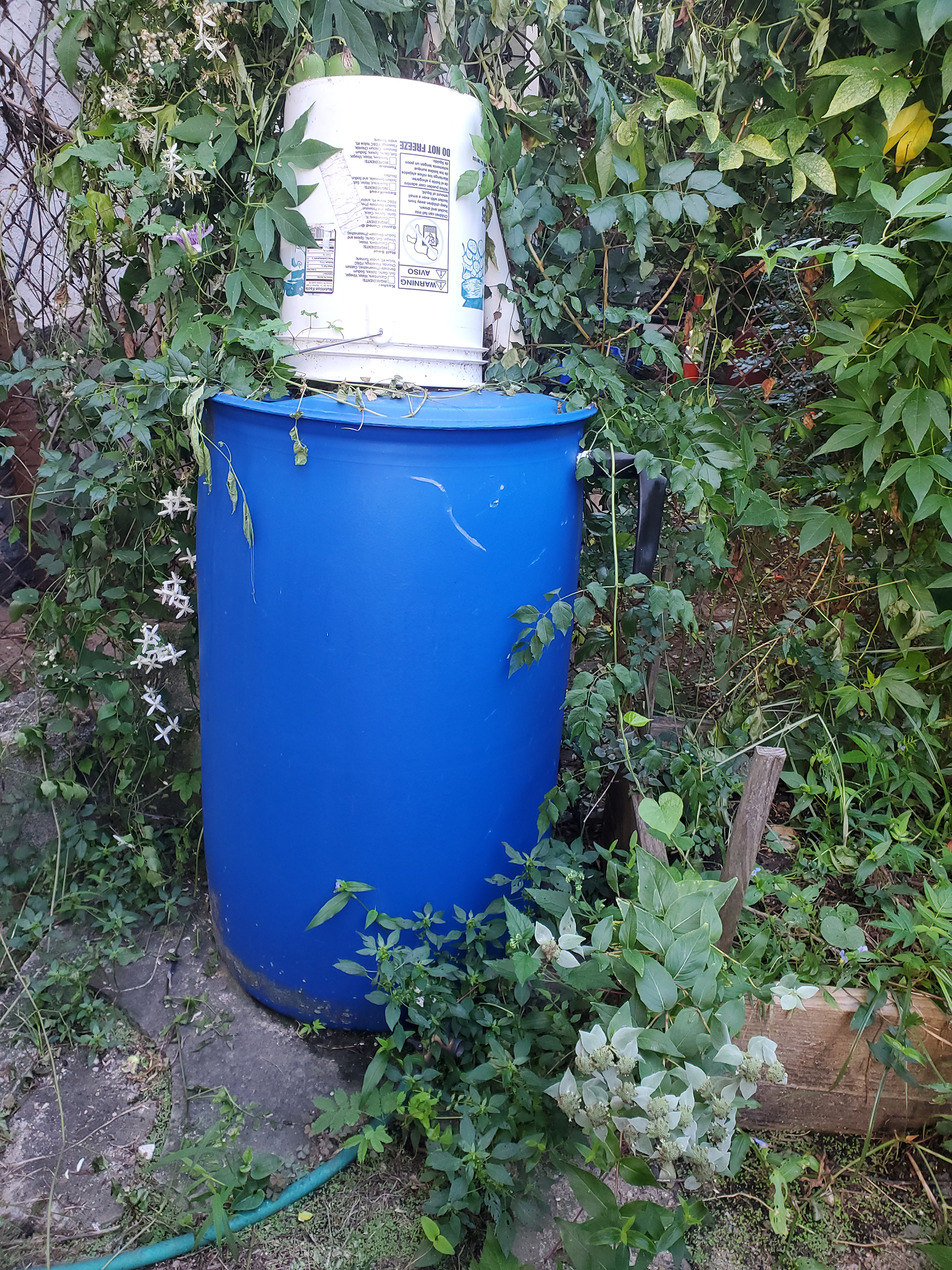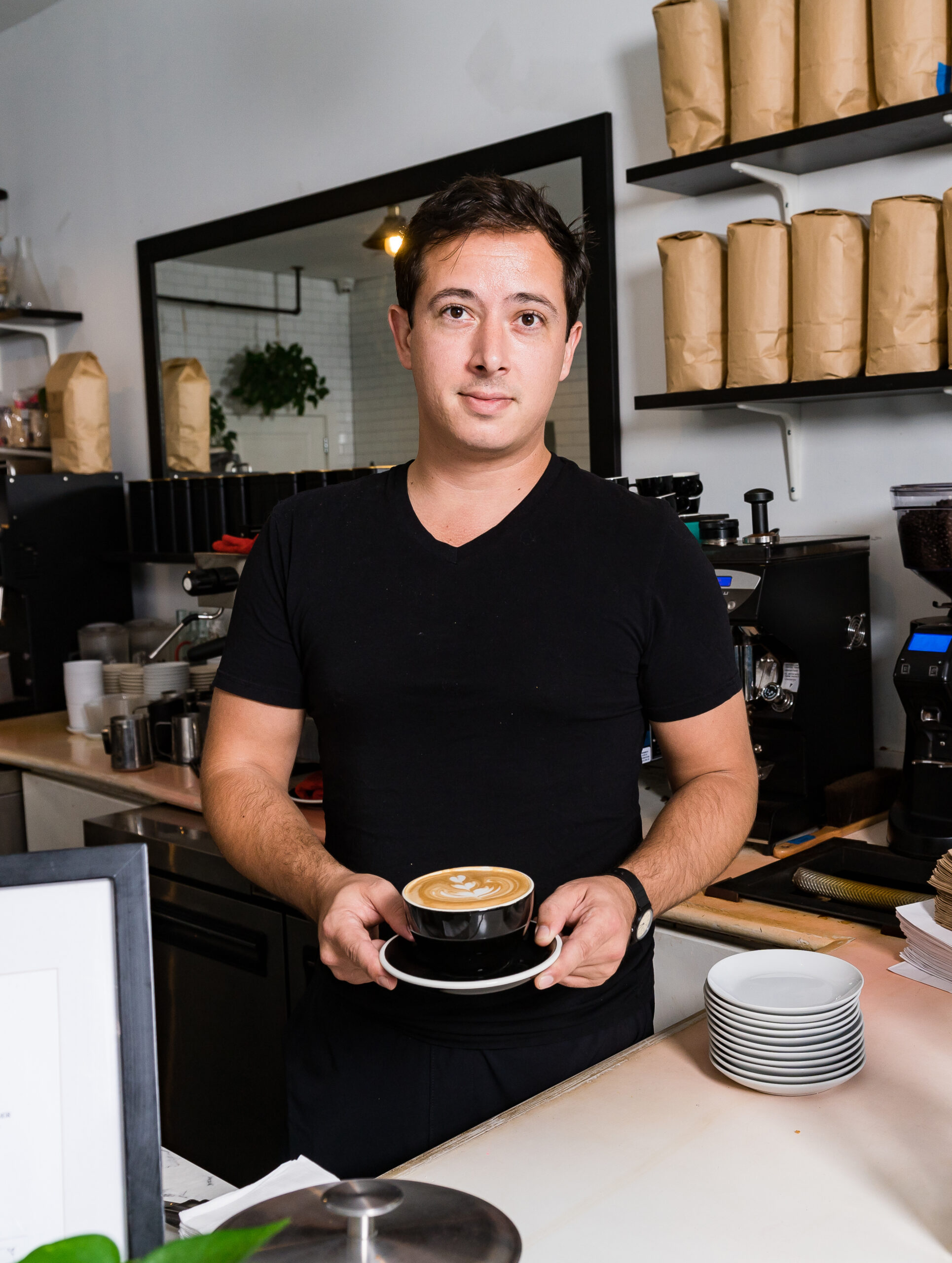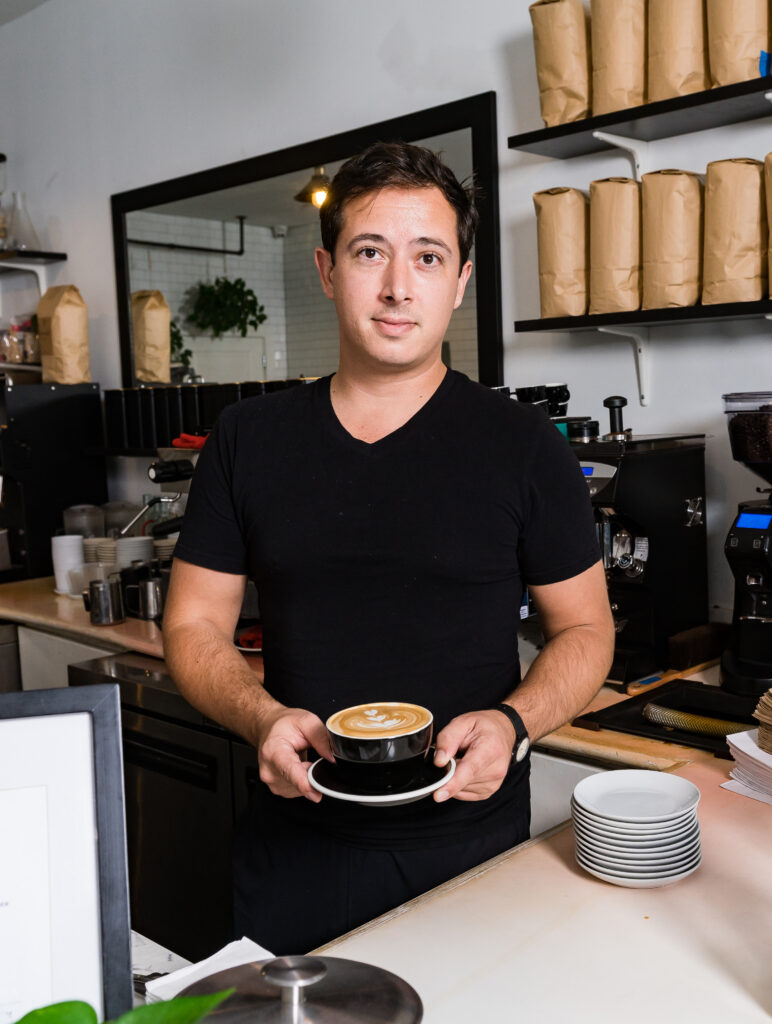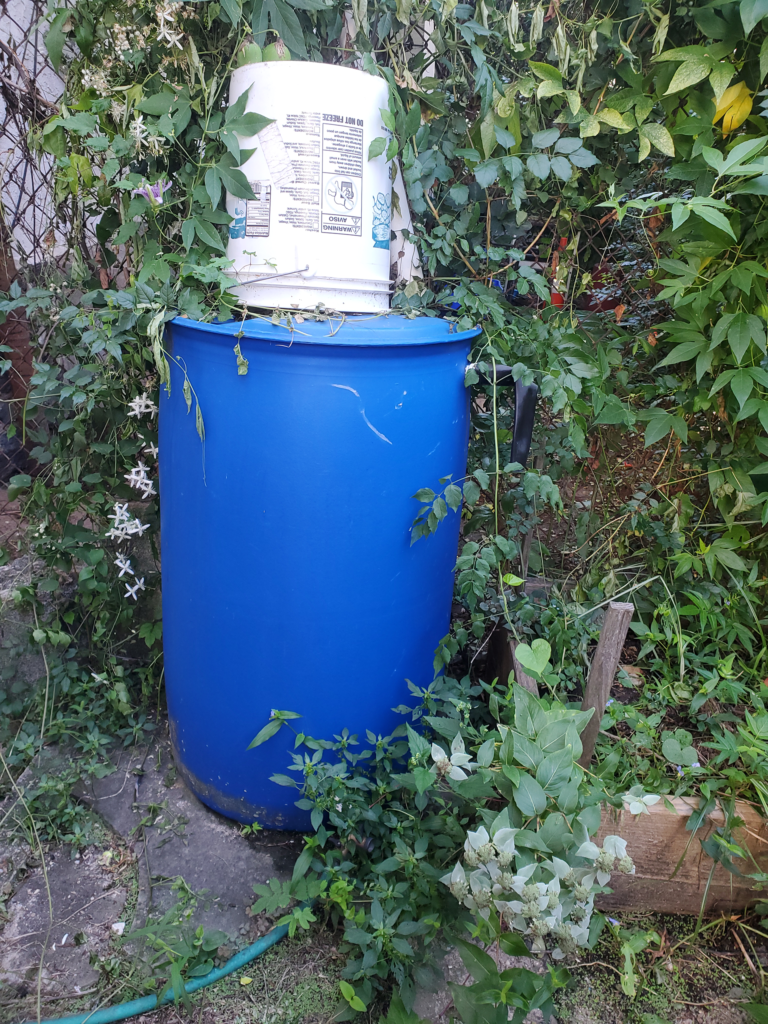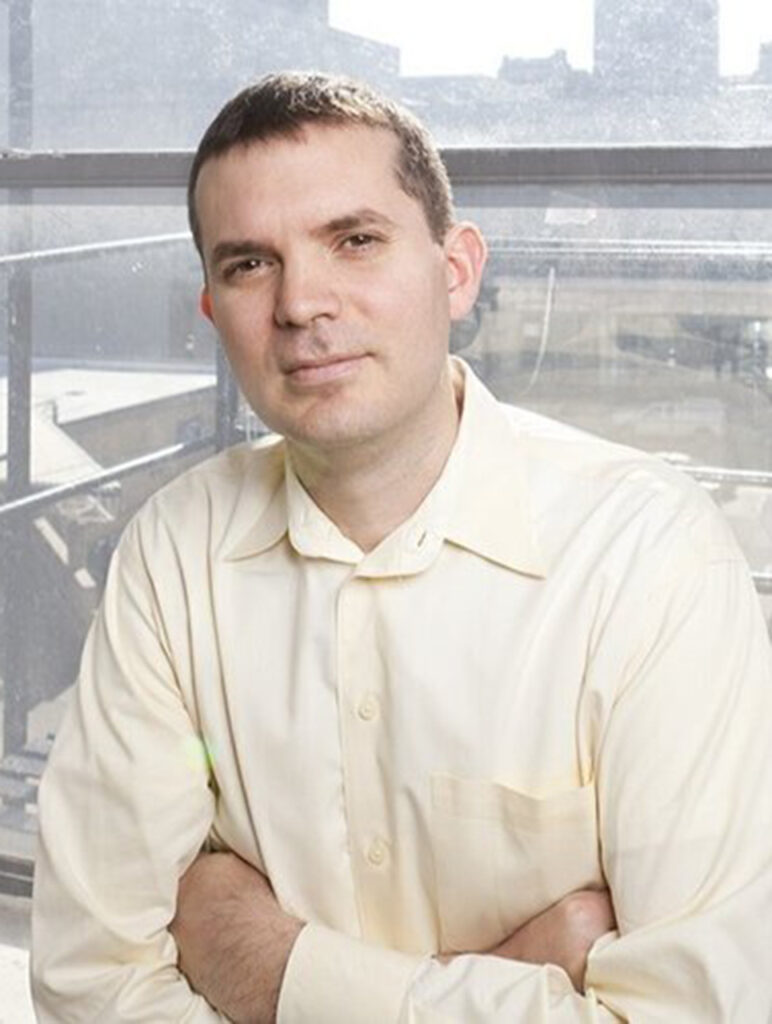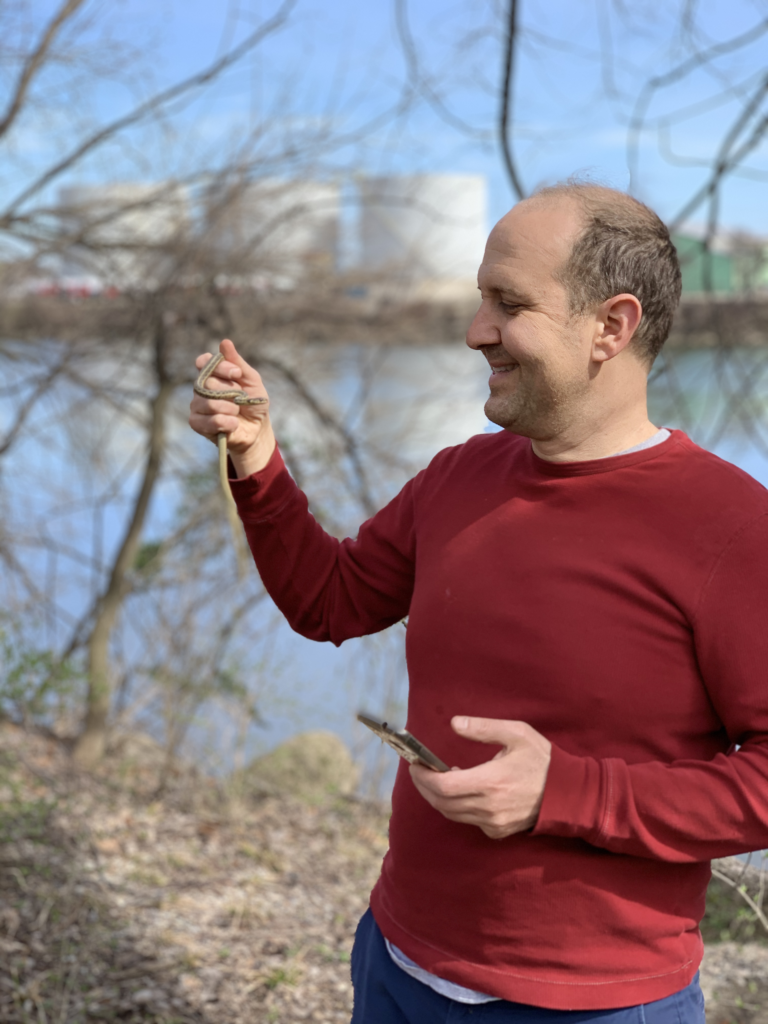A certain group that visited Ursinus College’s Berman Museum in the 2000s amazed Susan Shifrin, associate director for education at the time. During the visit, six patients living with dementia from a nearby Montgomery County care facility went from silence to talk to glints of joy while viewing paintings.
“I realized there was a need for programs like this, that no one else was offering these opportunities … to come together around shared experiences of the arts,” says Shifrin, 61, an art historian and the founding executive director of ARTZ Philadelphia, a nonprofit that brightens the lives of people with dementia and their caregivers with opportunities to view and make art, free of charge.
Founded in 2013, ARTZ meets a pressing need.
Philadelphia has about 213,000 residents age 65 or older, according to a U.S. Census data. The National Institutes of Health (NIH) puts the prevalence of dementia among Philadelphians 65 and older at 11.9%. That number will nearly double by 2060, the Census Bureau predicts, and with it, surely, the need for dementia care.
“There are many different kinds of dementia,” Shifrin notes, but most predominant is Alzheimer’s disease, named for German psychiatrist and neuropathologist Alois Alzheimer (1864-1915), who noticed changes in the brain of a woman who had died with an unusual mental illness. It accounts for 60 to 80% of dementia, according to the American Association of Retired Persons (AARP).
Alzheimer’s disease interferes with signals sent between the brain’s neurons, which transmit nerve impulses. It eats away at memory, language and thinking skills, explains Anjan Chatterjee, M.D., 63, professor of neurology at the University of Pennsylvania, is the founding director of the Penn Center for Neuroaesthetics, which studies how the brain responds to art. Dr. Chatterjee has expertise in the neuroscience of architecture and has an appointment in the Weitzman School of Design.
Early stage or mild dementia may include, among other signs, memory loss, poor judgment, repeating questions and wandering, according to the NIH. At the moderate stage, patients may show more memory loss and confusion, and difficulty in learning things, reading, writing and recognizing family members. Severe dementia may hamper movement, self-care and making oneself understood.
ARTZ accepts participants at any stage of dementia.
Many of them stay with us through their final days.”
— Susan Shifrin, Executive Director of ARTZ Philadelphia
“Some people join us right after their diagnosis of MCI [mild cognitive impairment] and others when they first find out about us, which may be years after the diagnosis,” Shifrin says. “Many of them stay with us through their final days.”
With the lack of near-term prospects for a cure for degenerative dementia, the focus should be on treatments to improve the quality of life for patients, says Dr. Chatterjee, whose mother had dementia. “We have no clear biologic cures for the foreseeable future. No medications can prevent symptoms or consistently improve them. However, making and viewing art can increase patients’ quality of life.”
The production side, or art making, “relies on abilities that people with Alzheimer’s disease still possess, for example their vision or ability to move their hands,” Dr. Chatterjee says. “Also, there’s no right or wrong way to make art, and participants don’t need an intact short-term memory. They may even enter a ‘flow state’ where they become engrossed in the activity.”
Participants’ artwork may serve as a stepping-stone to continued connection.
“It can be hard to have a sustained conversation with someone living with dementia,” says Dr. Chatterjee, “but their art not only encourages self-expression but can become a vehicle for conversation.”
ARTZ offers participants diverse media, including intensely-colored group weavings, painted banners, paper-based collages, tissue-paper ‘stained glass’ pieces and watercolor, according to Shifrin.
Museum visits—the art reception side—can also enlarge the lives of persons with dementia.
“In England, doctors prescribe museum-based arts programs for people living with dementia,” Shifrin notes. ARTZ participants visit the Woodmere Art Museum in Chestnut Hill, Philadelphia’s Magic Gardens on South Street and the Fleisher Art Memorial in Bella Vista, among other sites.

“During museum visits, facilitators encourage conversations about two or three works,” says Shifrin, noting that bright colors, animal paintings and abstract works often spark conversation. “If people are struggling with words, you encourage them to take their time and use gestures.”
At the same time, the executive function that edits comments seems to grow more relaxed as dementia progresses.
“People are willing to volunteer what they’re thinking, to take chances,” Shifrin says.
The choice of art discussed is often up to the guide.
“A skilled docent can make discerning choices about which pictures to present,” Dr. Chatterjee says. “They don’t all have to be pretty scenes. You probably wouldn’t choose to present a horrific one. On the other hand, if you showed the group, say, an Edward Hopper painting, the sadness in a scene could become a vehicle for them to articulate their own sadness. The art provides an opening, and their world becomes less constricted.”
ARTZ also addresses the needs of those caregivers through gatherings, called Cafés for Care Partners. The meetings feature activities like learning Chinese brush painting with a teaching artist.
Alzheimer’s disease and other forms of dementia disproportionately affect Blacks and Hispanics, according to the Alzheimer’s Association 2020 “Race, Ethnicity, and Alzheimer’s” factsheet. Aware of that situation, ARTZ tailors some programs to reach those communities through neighborhood liaisons.
“I created a Facebook page called ‘Life After Dementia’ to tell people, especially the Black community, about ARTZ and other resources,” says Toya Algarin, 60, the ARTZ community liaison for Northwest Philadelphia. “My mom is 92 and has dementia,” says Algarin, an ARTZ member for three years.
The programming has fostered a sense of community for her and others.
“I joined ARTZ in 2018,” says Madelyne Groves, 50, a Spanish-English bilingual ARTZ community liaison for Hunting Park. “My mom has dementia, and she doesn’t speak English. We would be isolated if ARTZ programs didn’t bring everyone together.”
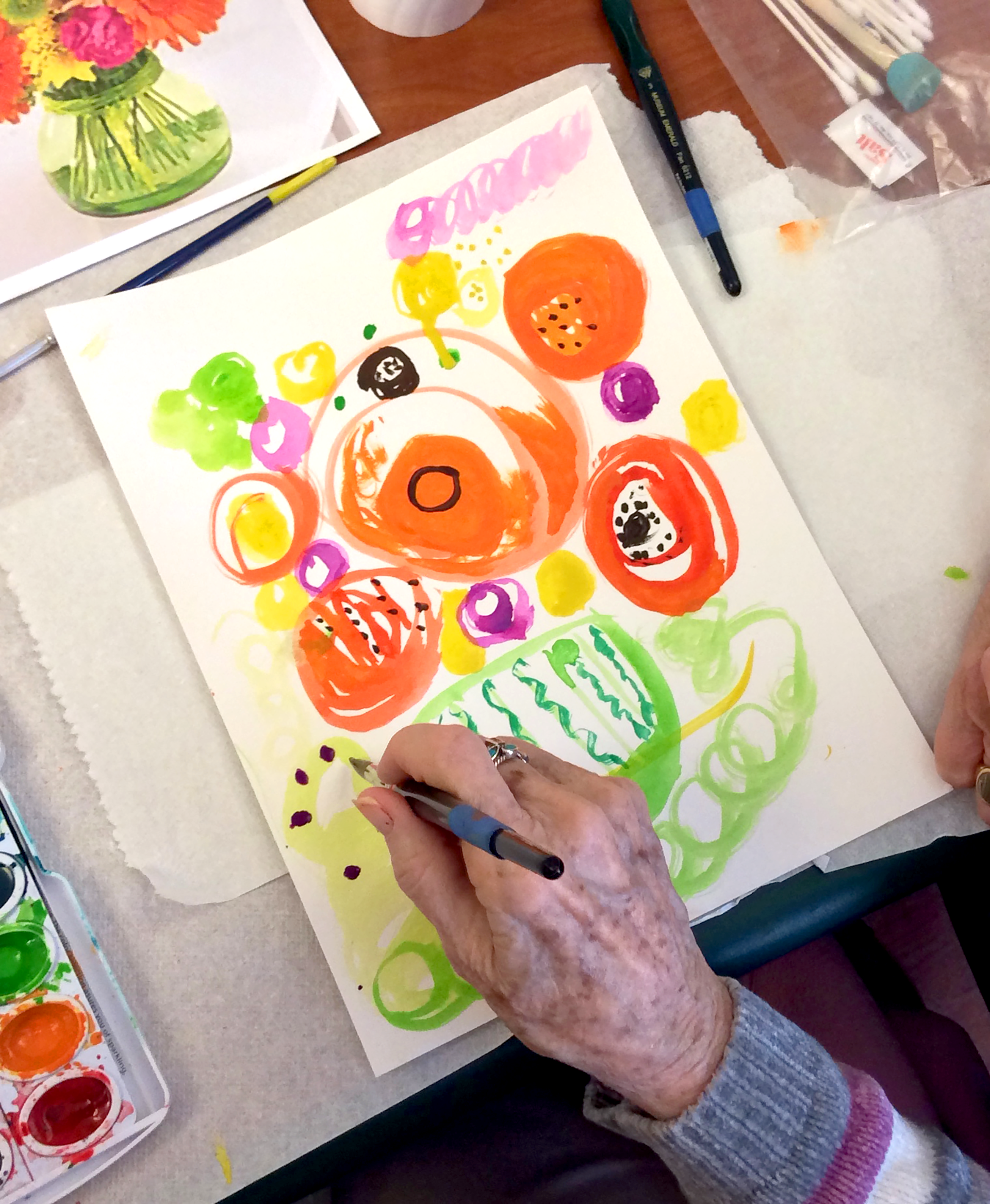
ARTZ took a hit due to the pandemic.
“We lost 50% of our fee-for-service income,” Shifrin says, noting that individual donors, corporate sponsors and grants provide funding now. “However, we’ve expanded our programs.”
ARTZ took the museum visits online, added six new monthly programs, supplied art-making kits for care facilities during lockdown and launched a concert series in Hunting Park and Northwest Philly as part of “ARTZ in the Neighborhood,” Shifrin points out.
Meanwhile, the Penn Center for Neuroaesthetics seems stuck in a funding catch-22.
“Funders want robust evidence of the value of the arts for persons living with dementia, but you need studies to establish the efficacy of the arts,” Dr. Chatterjee explains. “There are key questions: What kind of art is best at what stage? How do you maximize the therapeutic effect? How do you measure benefits?”
Shifrin remains optimistic as museums reopen. “I never feel more elated than I do after watching people blossom during a museum visit.”
For more information about ARTZ, visit artzphilly.org or call (610) 721-1606. For more about the Penn Center for Neuroaesthetics, visit neuroaesthetics.med.upenn.edu

